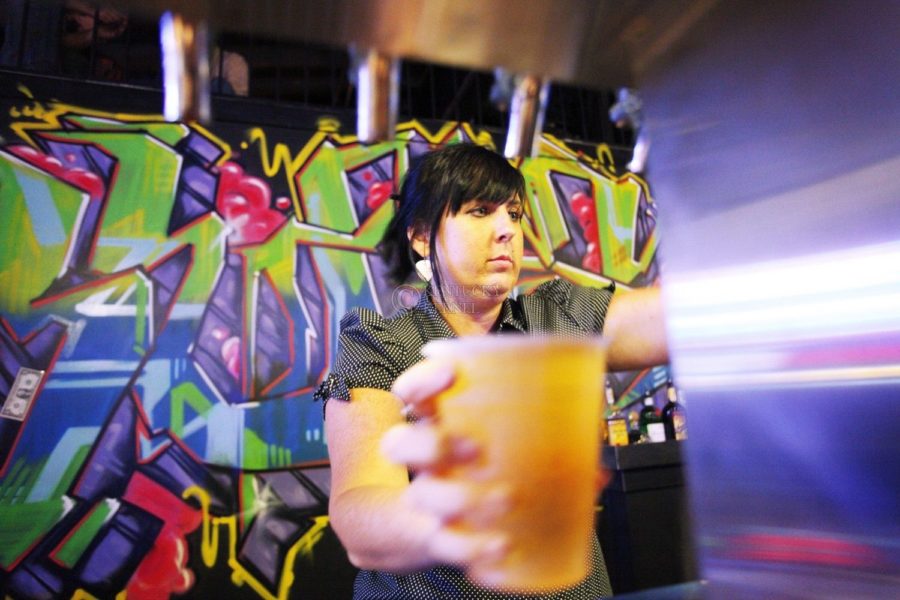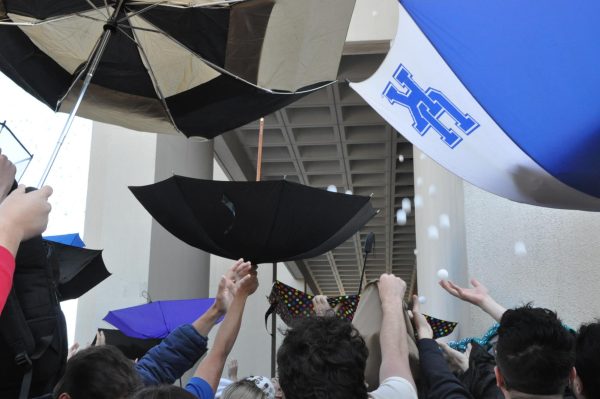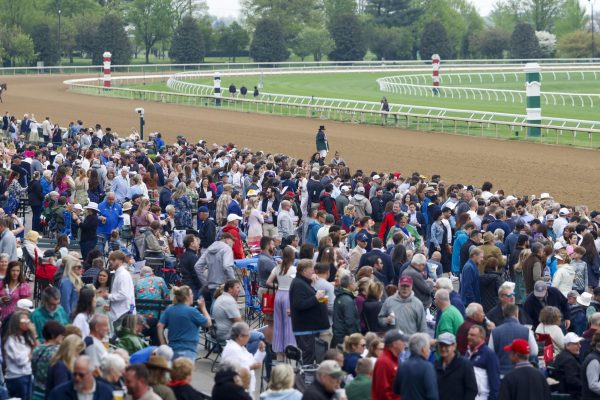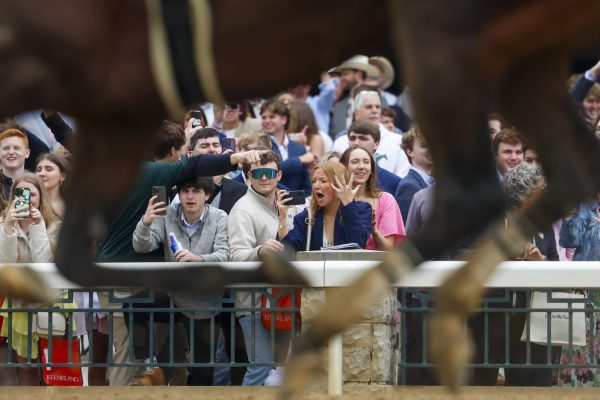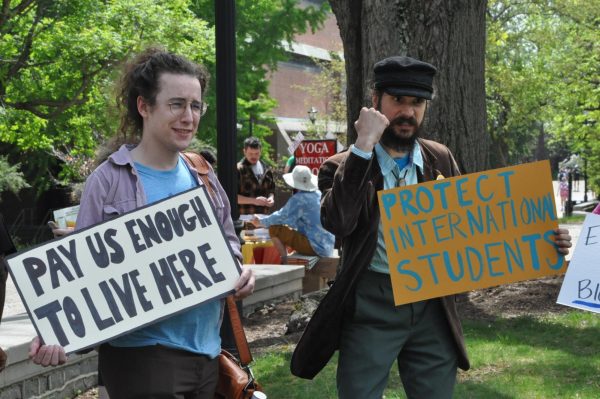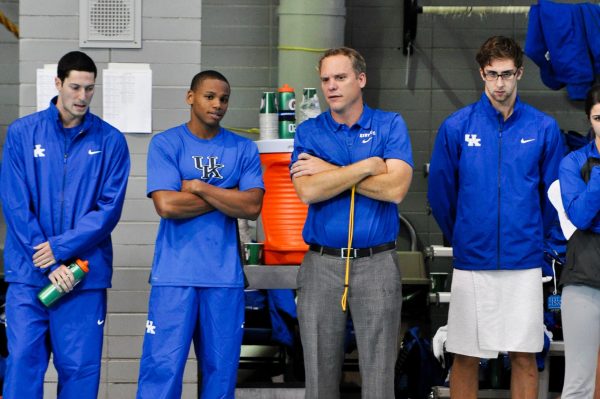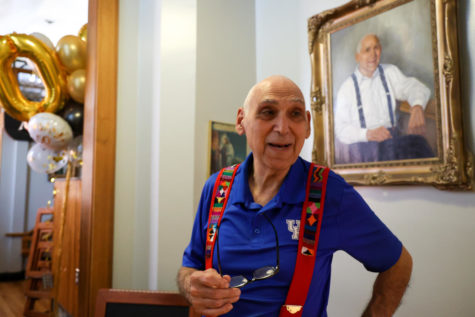UK Parking is losing ground and gaining facilities: New university buildings to take over parking lots
December 4, 2009
It’s not a magic act; parking spaces are disappearing.
Surface lots on campus are slowly being replaced with new university buildings, possibly resulting in higher permit prices.
Recently, two new sites are taking over North Campus employee lots, a loss of nearly 300 spaces. Bob Wiseman, vice president for facilities management said the university is only beginning to replace the surface parking lots with buildings.
“All of our future buildings will go in parking areas,” Wiseman said. “All surface parking lots should be considered as future buildings for the most part.”
Don Thornton, director of UK Parking and Transportation Services, said PTS has to adjust to building and surface lot changes since they do not have control over what happens to the parking lots and permit fees. PTS only manages and implements the information UK gives PTS, he said.
The second phase of the Digital Village Project, a future engineering research facility, began Oct. 6 with the construction for the $18.6 million Davis Marksbury Building, located at Maxwell and Rose streets, and on an employee and commuter lot. The building will be used to house the UK Center for Visualization and Virtual Environments, the Department of Computer Science and the Department of Electrical and Computer Engineering.
Employee lots are available for UK employees during the weekday and for anyone with a parking permit between 3:30 p.m. and 6 a.m. The adjoining Resident 1 lot, a parking area for on-campus students, has also been affected by the construction.
The Davis Marksbury Building is currently occupying 139 parking spaces, and once construction is complete, 121 spaces will be permanently eliminated.
The projected $7 million Wildcat Coal Lodge, decided upon on Oct. 27, will also be eliminating numerous parking spaces. The lodge will be the new home for the UK men’s basketball team, funded by Joseph W. Craft III and his group of donors called the Difference Makers.
While plans for the location of the new facility have not been finalized, UK is considering building the lodge in a second employee lot off of Rose Street behind Memorial Coliseum, adjacent to the future Digital Village site. The team’s future residence would take over 159 parking spaces.
After the construction of the Digital Village and the new lodge, 280 spaces will be lost.
Thornton said it is unlikely those parking spaces will be recreated because of the expensive costs of building and maintaining parking garages to replace them. He said building garages instead of surface lots would be more likely in the future since UK buildings are taking over campus surface lots.
The estimated cost for parking in a parking garage was about $20,000 per space, including an additional $300 per space annually for maintenance, personnel and utilities, Thornton said.
Thornton said the only way to fund more parking would be to raise permit prices, and he said UK officials could increase permit prices as soon as next semester, although prices have not been determined yet.
UK parking permits are currently $232 a year. Anthany Beatty, assistant vice president for campus services, said plans of increasing the permit fee by $3 a year over a four-year time frame has been in discussion for two years now. Beatty said since it has been held for a while, if UK decided to push the plan through, the fee would be higher.
Beatty said many other colleges and universities are experiencing parking situations similar to UK’s, as well.
“As campus expands to accommodate for more students, we lose parking spaces, like many other universities,†Beatty said. “We need to get in the mindset that there’s going to be more of a commute.â€
Thornton said until more parking is supplied, students could use alternative methods to driving on campus, such as riding a bicycle or moped, riding the bus or using the Campus Area Transit System (CATS), which is an on-campus shuttle service.
However, some students who currently use CATS say finding a seat on the shuttle can be as challenging as finding a space in a parking lot.
“I’m sick of the CATS shuttle bus turning people away because it’s too full,â€Â said Kyle Williams, community leadership development senior and off-campus commuter.
“There have been mornings there are too many people on board and we haven’t been allowed on,†he said. “Almost every day otherwise it is standing- room only.â€
Check out the related stories Broken meters do not equal free parking and As schools grow, spaces vanish.












































































































































